
Can you cut small aluminium profiles / Maker Beams at home using simple tools? The answer is YES YOU CAN! I actually have never cut metal for a project previously and it sounds a bit intimidating but I decided it was high time to build with aluminium – and to use it to build the frame for my own sand turning cctv contraption.


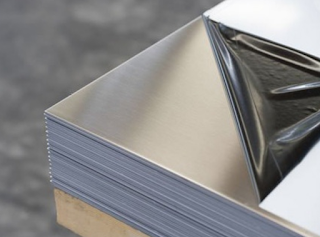
Apple’s Anodized Product Design Aesthetic
Why aluminium? It has excellent strength and resistance for its weight and is corrosion resistant even in moist conditions. Its super light yet solid and would be totally solid even if I had motors turning a 600g box inside it. Possibly you could say I was influenced by the finishing of all the products that I’m touching on a daily basis… I spend hours each day touching the anodised aluminium of the macbook or tablets with similar finishes. So many products use anodised aluminium as a functional and aesthetic finish. So why not use extruded aluminium profiles to construct the exterior rig – surely that would be solidly functional and aesthetic.
I bought the Makerbeam XL kit (S$219) and a bunch of 100cm Makerbeam XL rods (S$15.50 each from SGbotic) and I needed to cut a few more down to my custom sizes. Previously I had built some things with much cheaper aluminum profiles but not all of them had this perfect finish, the corner cubes, and this slimness (15mm) suited the work well. The pre-cut pieces made it super fast to build a first prototype, and the longer pieces provided flexibility to cut and add on custom lengths of support.

All you need is a small hand saw, clamps, some lubricant and your kitchen table. And yes, even for those of you of ridiculously weak muscular strength, I promise that your cut rods will be of an acceptable standard. (I have zero arm muscle btw. I can’t even do a single pull up.)

All that you’ll need for this endeavour is:
A small hacksaw with a blade
A clamp
Spare bit of wood (for clamping)
File
Can of Lubricant
And some tissues to clean up the puddle of grease and aluminium powder you’re about to splatter on your kitchen floor, you dirty animal!
Hacksaws are basically those C-shaped frames which hold a blade using tension. You can get a cheapie (but solid) Lenox one for like $12.60, and the blades for about $2. There are plastic ones that go for even less! The blades come with a number, something like 18TPI or 24TPI (also written on blades as 18T or 24T). This stands for Teeth per inch. I happened to use the 24TPI one that was already in this random hacksaw I found. The logic behind this is that the lower TPI should be used for thicker and heavier metal. There’s apparently a whole science behind the thickness of material vs the TPI that you can read up on here. But obviously in all these cases its not just any random metal, but any kind of machinable metal (such as aluminium)

With a little sawing, the metal will bend to your will and you will have your profile lengths customised for your project! All you need now is to tap screw threads into the ends and you’ve got a perfectly usable part. If you are using the Makerbeam cubes they will very easily hide any rough cuts, or simply sand off the edges if they are going to be exposed.
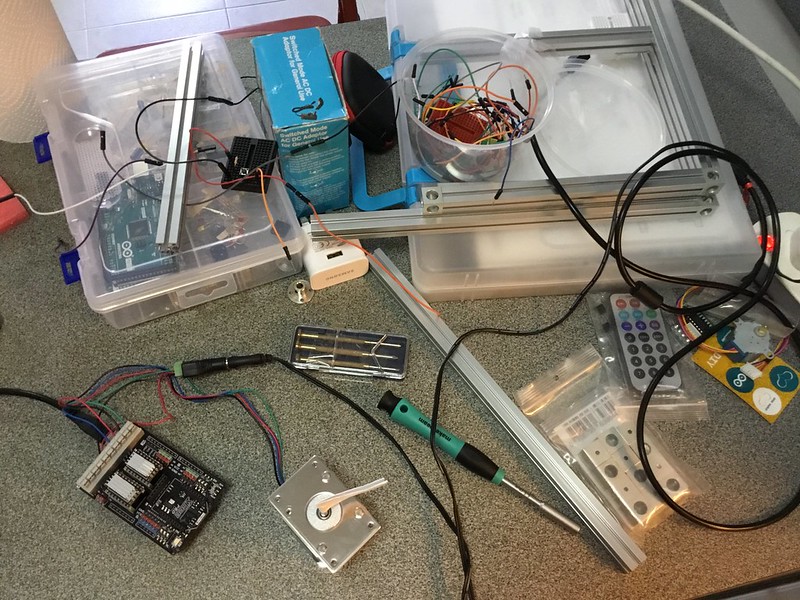
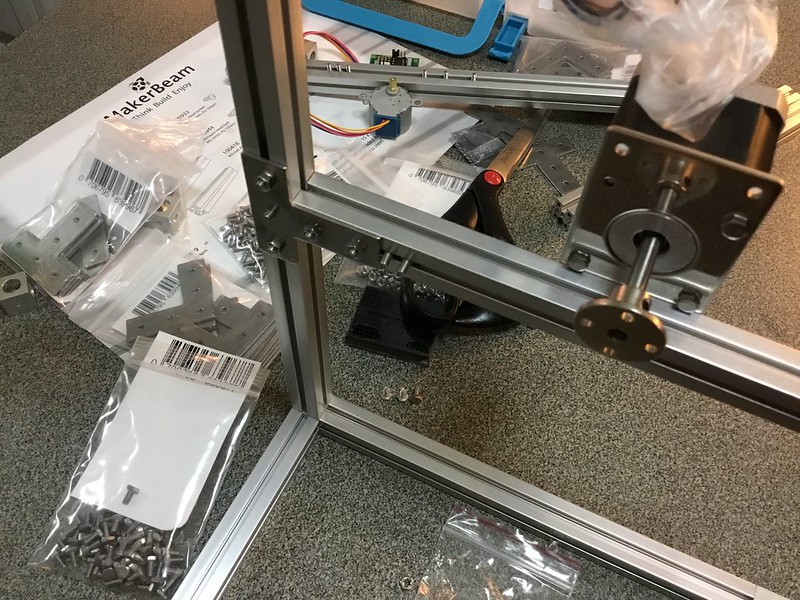
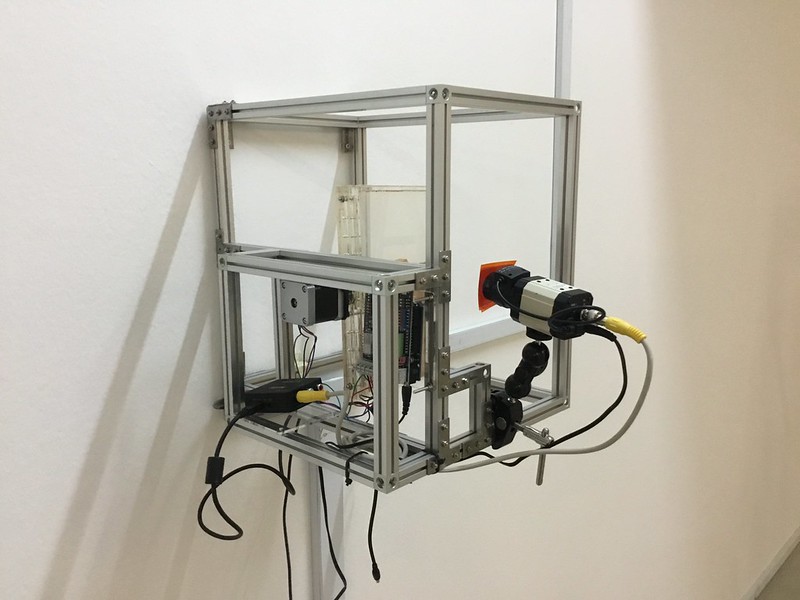
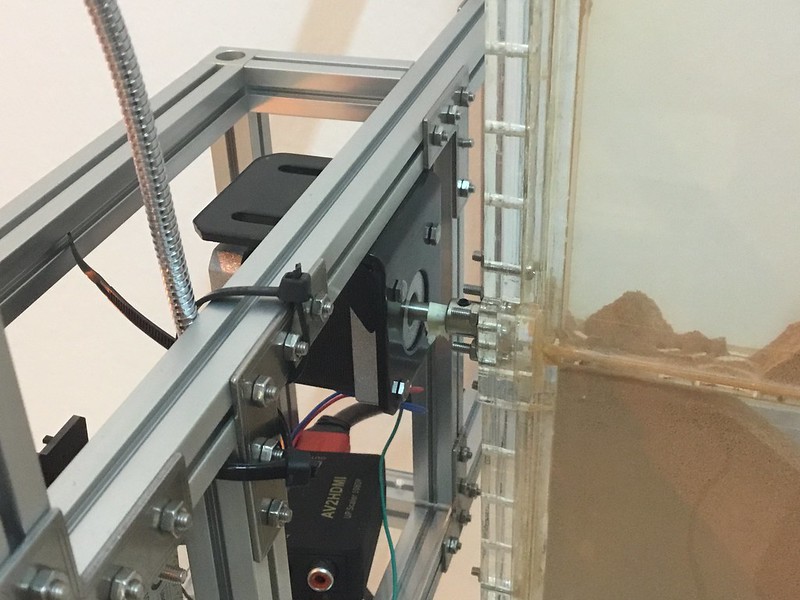


You can see this work in motion at the President’s Young Talents 2018 show!
8Q @ Singapore Art Museum
8 Queen St, Singapore 188535
Gallery 3.12 (Level 3)
4 Oct 2018 – 27 Jan 2019







